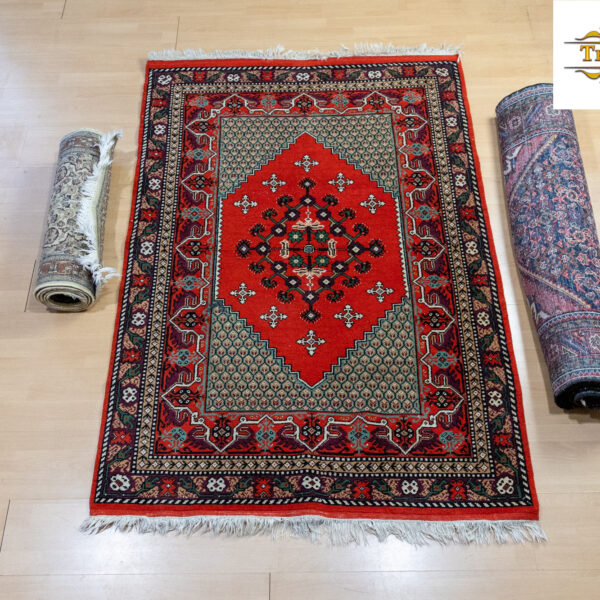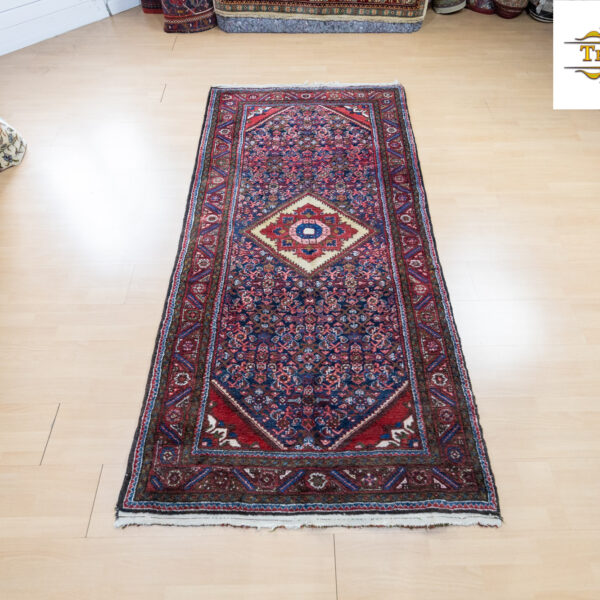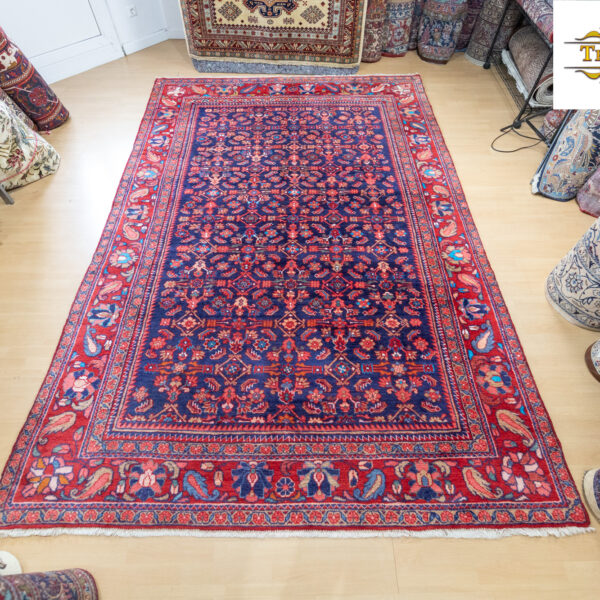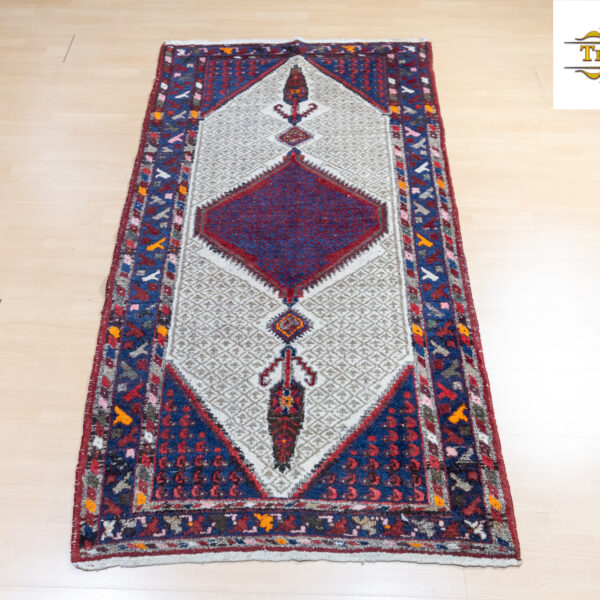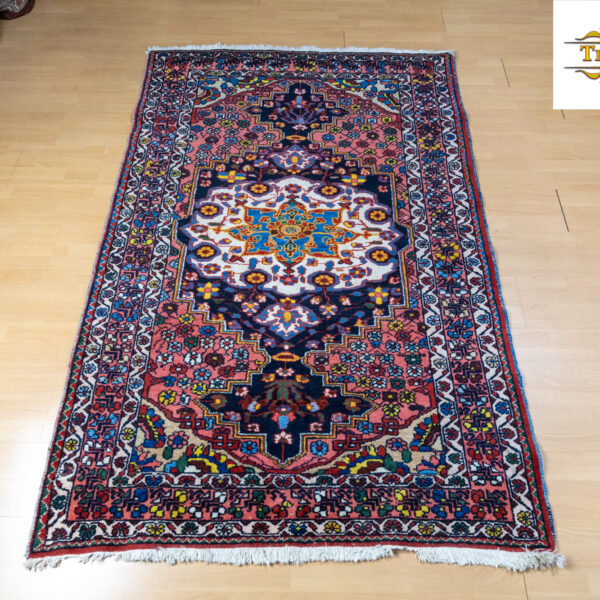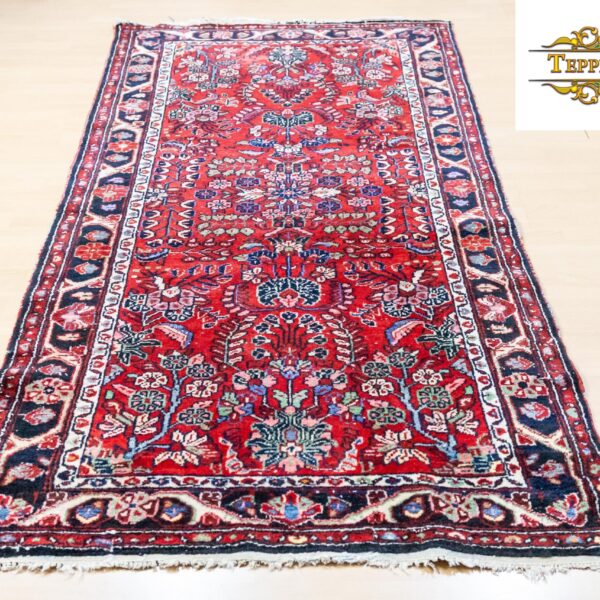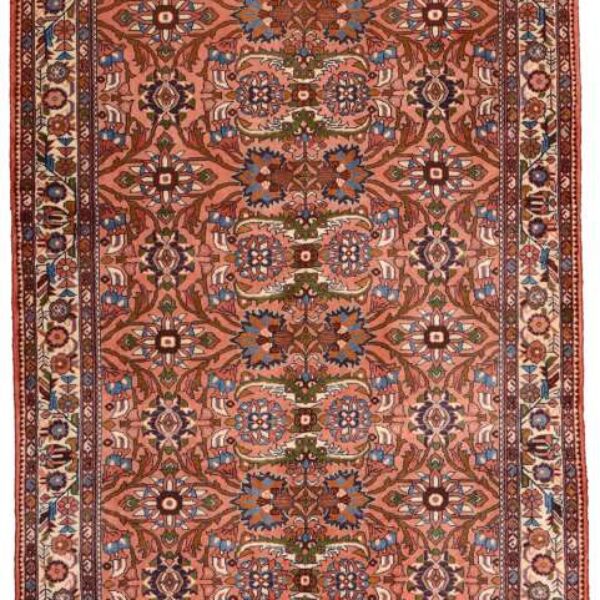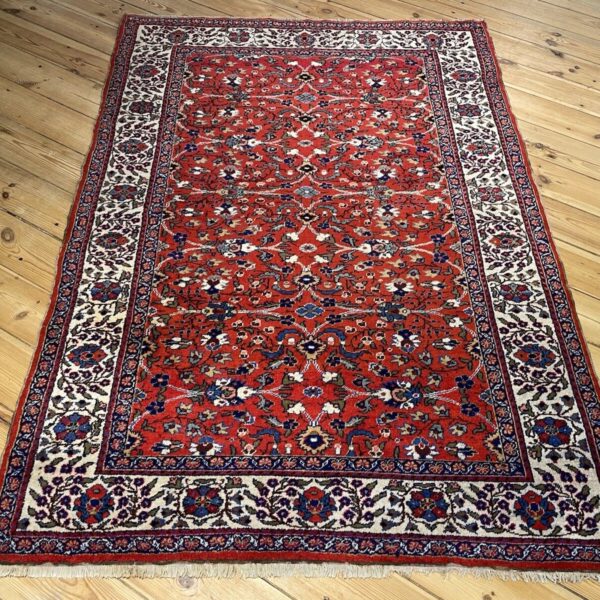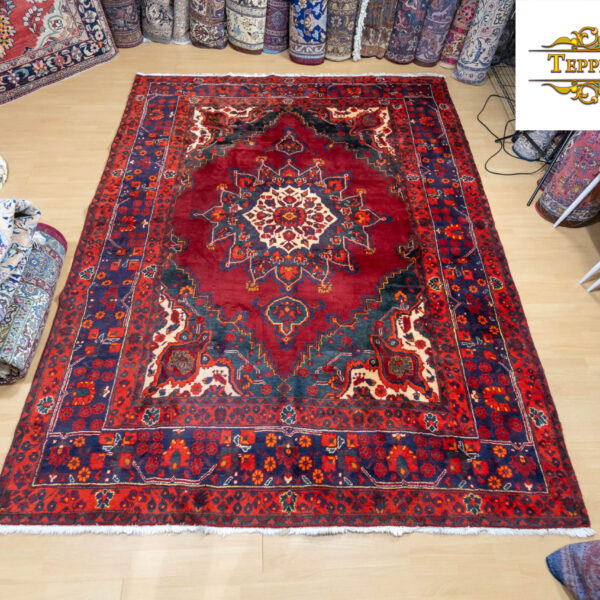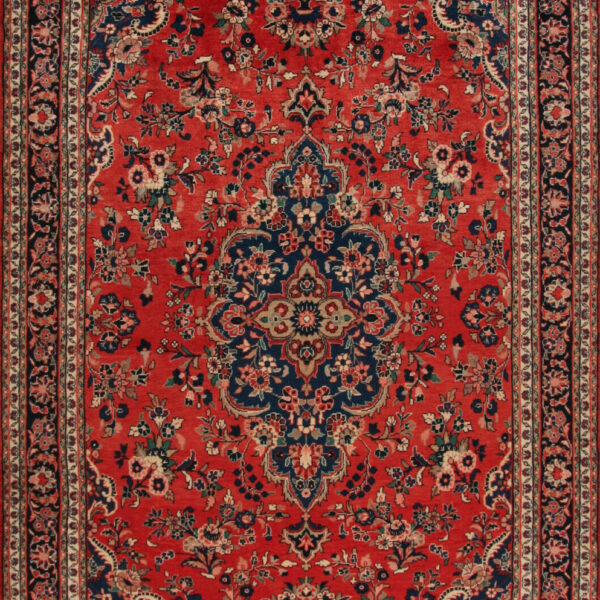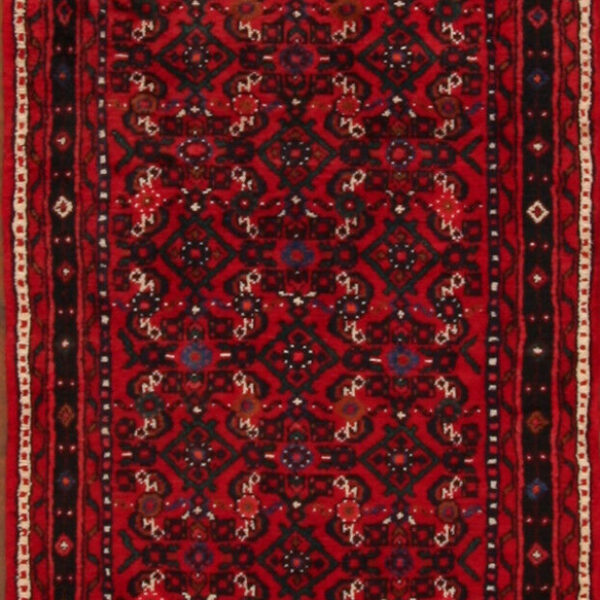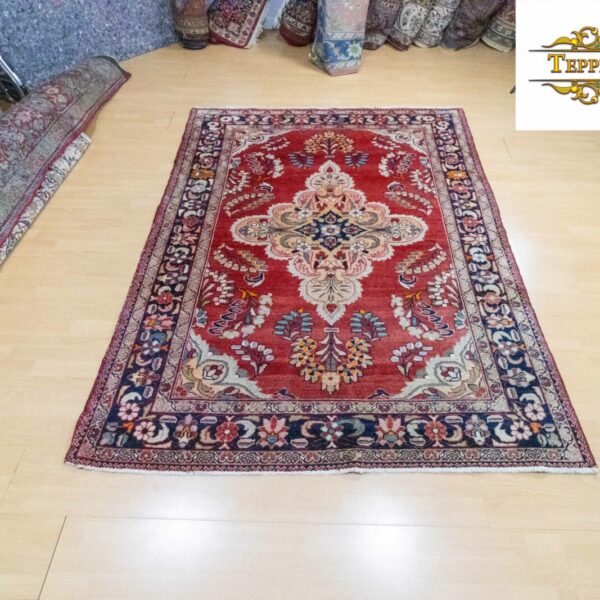Malayer
Malayer carpets
One of over 100 weaving villages in the region, Malayer has a long history of carpet weaving. In the 19th and 20th centuries, production in Malayer and the surrounding smaller villages was almost exclusively limited to small carpets and rugs woven by individual weavers.
Hand-knotted Malayer rugs: A fabulous combination of two different knotting styles
Where Malayer carpets are made
In the larger villages only a few families were engaged in weaving larger carpets. Otherwise, larger carpets were only knotted to order.
Malayer rugs tend to be very thick and vary widely in design, featuring paisleys, polygons, medallions and Herati patterns. These rugs are highly coveted and fetch high prices at top auctions.
Antique Malayer carpets
Crafted from quality materials, antique Malayer rugs feature some of the most elaborate and decorative designs in rich, intense colors that give them a truly exotic look.
Each antique Malayer rug is unique: the weavers are inspired by their surroundings in their designs, resulting in an incredible variety of patterns and designs. Antique Malayer rugs are one of the best investments you can make.
Types of Malayer carpets
There are two different types of Malayer rugs.
Malayer rugs similar to Sarouk rugs - These are woven by Malayer weavers in south-east Malayer. They are similar to sarouk rugs in that they are double-woven, with two cotton wefts and a pressed cotton warp.
However, they have some features that distinguish them from sarouk rugs. Malayer weavers use the symmetrical Turkish knot as opposed to the asymmetrical Persian knot used for the sarouk. Malayer carpets are characterized by elaborate tendril borders and fields with rather rectangular all-over medallions. These patterns are not present in sarouks.
Malayer rugs similar to Hamadan rugs - These are woven by Malayer weavers in north-west Malayer. They use symmetrical Turkish knots and a simple weft construction, similar to Hamadan rugs.
However, the Malayer carpets are knotted much more finely, which distinguishes them from their Hamadan counterparts.
Although the Malayer weavers from both regions use cotton warp and weft threads to make the ground fabric, there is a slight difference between the two. The rugs made in the Southeast region have a pressed warp and a double cotton weft, usually dyed blue, like the sarouk rugs. Northwestern region rugs have a plain cotton weft and a flat warp with no indentation.
All Malayer rugs have a short wool pile. The short cut of the pile helps the design stand out better.
Creative combinations of Malayer carpets
Hand-knotted Malayer carpets are made in Malayer, a large village between the main weaving mills of Hamadan and Sarouk in north-western Persia.
What is truly fascinating about Malayer rugs is that the weavers have inherited the characteristics of their two neighbors and yet manage to create a finished product that is quite different from the originals. Each Malayer rug is different at the highest level.
While the weavers draw from a wide range of patterns from these two regions, they incorporate much of their originality into their creations, which is reflected in the end result. They are undoubtedly among the most decorative weavings in Persian villages.
In professional circles, hand-knotted Malayer carpets are often referred to as "Hamadan-Senneh" carpets, which refers to the combination of the two styles: the fine weave is reminiscent of the Hamadan and the symmetrically knotted, simply knotted Herati pattern resembles that of the Senneh carpets.
The Malayer weavers mainly produce plain-knotted carpets, but the Malayer versions are often much finer than the original Hamadan carpets.
Characteristic patterns and colors of the Malayer carpets
Malaysian colors
SE Malayer rugs typically have navy blue fields interspersed with designs in ivory, gold, red, and sage green. NE Malayer carpets come in a variety of colors, the most common of which is red-orange.
Unique designs and patterns
Malayer rugs generally feature a mix of abstract and geometric patterns, from stylized vines and trellis motifs to diamond or hexagonal medallions and classic all-over patterns. With smaller carpets, entire fields are often covered with boteh.
Medallions with corners are more common on Southeast Malayer carpets, while NW Malayers often have medallions and boteh on a Herati field.
“Errors and mistakes excepted”

